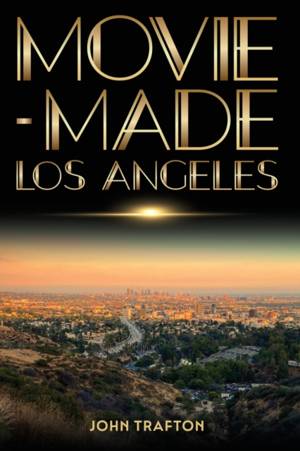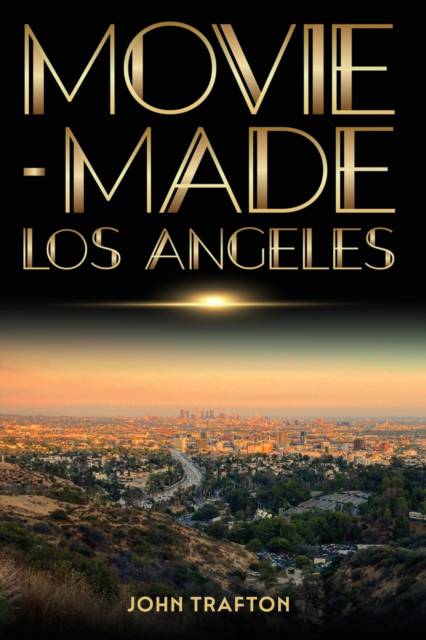
- Afhalen na 1 uur in een winkel met voorraad
- Gratis thuislevering in België vanaf € 30
- Ruim aanbod met 7 miljoen producten
- Afhalen na 1 uur in een winkel met voorraad
- Gratis thuislevering in België vanaf € 30
- Ruim aanbod met 7 miljoen producten
€ 62,95
+ 125 punten
Uitvoering
Omschrijving
Los Angeles was a cinematic city long before the rise of Hollywood. By the dawn of the twentieth century, photography, painting, and tourist promotion in Southern California provided early filmmakers with a template for building a myth-making business and envisioning ideal moviegoers. These art forms positioned California as a land of transformative experiences and catapulted the dusty backwater town of Los Angeles to the largest city on the west coast by 1915. Photography aided the Southern Pacific Railroad Company in opening the region to the rest of nation. Painters gave traditions that were fading in Europe a new lease on life in the California sun, with signature colors and techniques that would be adopted by L.A. real estate companies, agribusiness, and health retreats. Tourism infused the iconography and signature styles of art with cultural mythology of the state's colonial past, offering proto-cinematic experiences to those who ventured west. Author John Trafton explores how Hollywood, an industry based on world-building, was the product of these art forms in the land of sunshine. A more complete story of the American film industry's ascendency in Los Angeles emerges when one considers how the City of Angels cultivated its self-image through pre-cinema narrative art.
Specificaties
Betrokkenen
- Auteur(s):
- Uitgeverij:
Inhoud
- Aantal bladzijden:
- 256
- Taal:
- Engels
- Reeks:
Eigenschappen
- Productcode (EAN):
- 9780814347768
- Verschijningsdatum:
- 17/10/2023
- Uitvoering:
- Paperback
- Formaat:
- Trade paperback (VS)
- Afmetingen:
- 152 mm x 229 mm
- Gewicht:
- 381 g

Alleen bij Standaard Boekhandel
+ 125 punten op je klantenkaart van Standaard Boekhandel
Beoordelingen
We publiceren alleen reviews die voldoen aan de voorwaarden voor reviews. Bekijk onze voorwaarden voor reviews.










